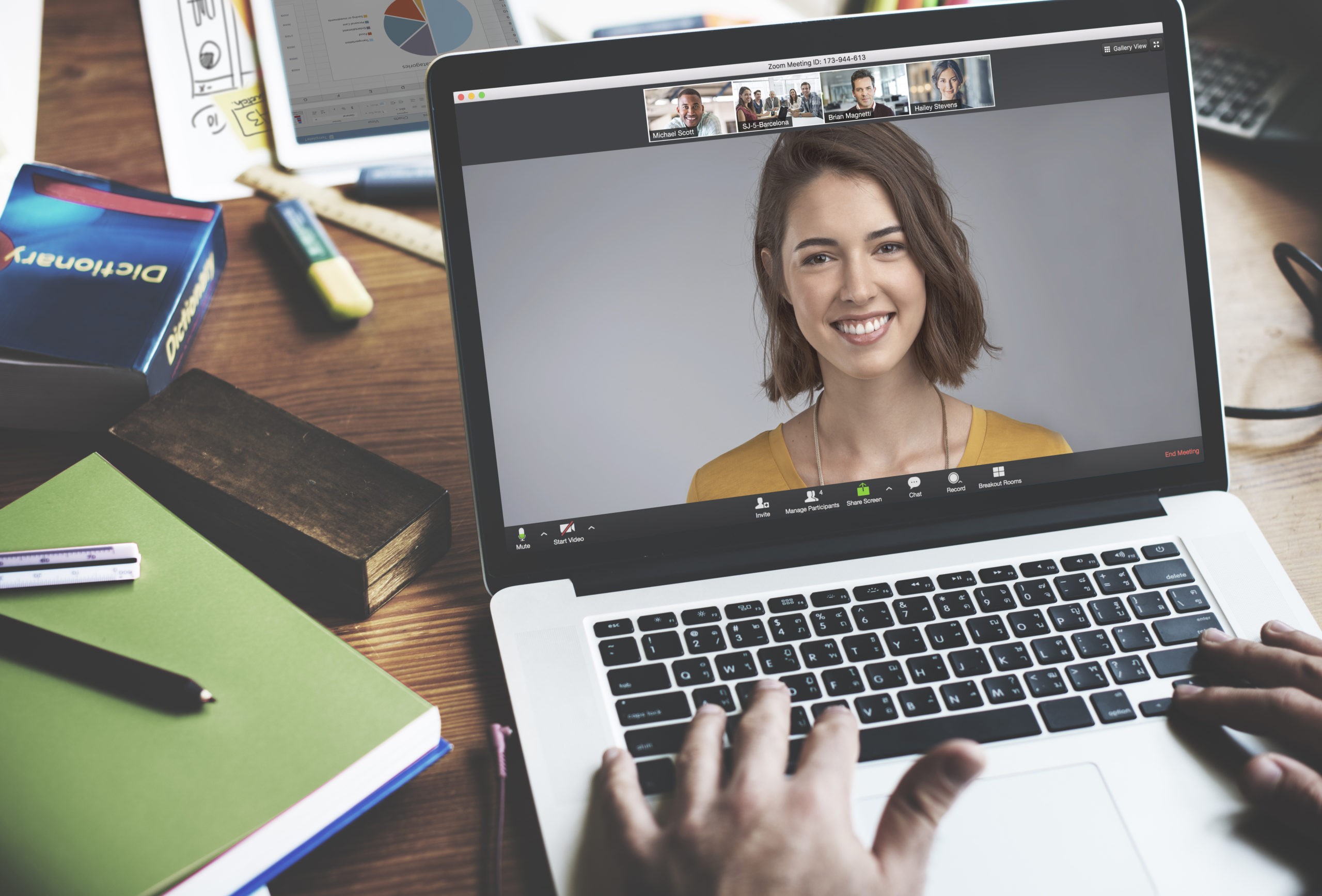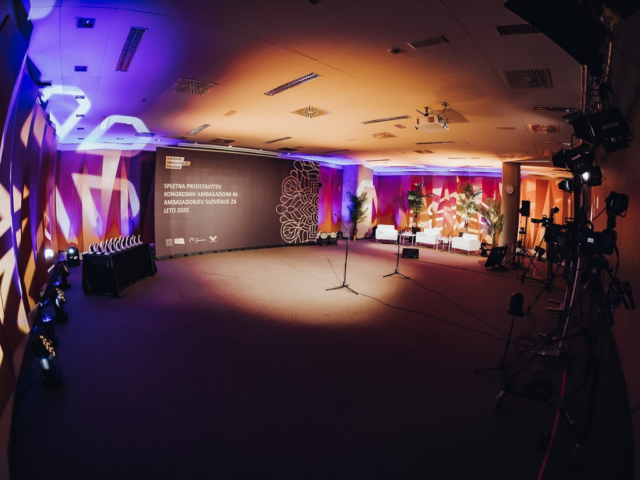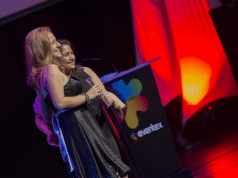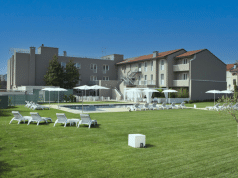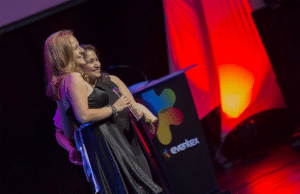DEFINITION
The corona crisis has sent the majority of events online. Several online event solutions were invented before that happened. Fortunately, they allow us to host at least a limited number of events when we cannot meet in person. This chapter describes the features of the most common groups of events, subdivided into online, hybrid and virtual events, as well as events taking place at several locations simultaneously.
THE STARTING POINT
First and foremost, we should distinguish between online and virtual events. It is equally important to differentiate between different subdivisions such as webinars, webcasting and the like. The easiest and most plastic way to present the biggest difference between virtual and online events is by comparing entry to virtual events as a process that includes using AI interfaces such as helmets, gloves, implants, etc. On the other hand, you can enter online events solely through your computer or through a web browser. Mixing apples with pears in the virtual basket creates substantial confusion. In this chapter, we will clarify what is what.
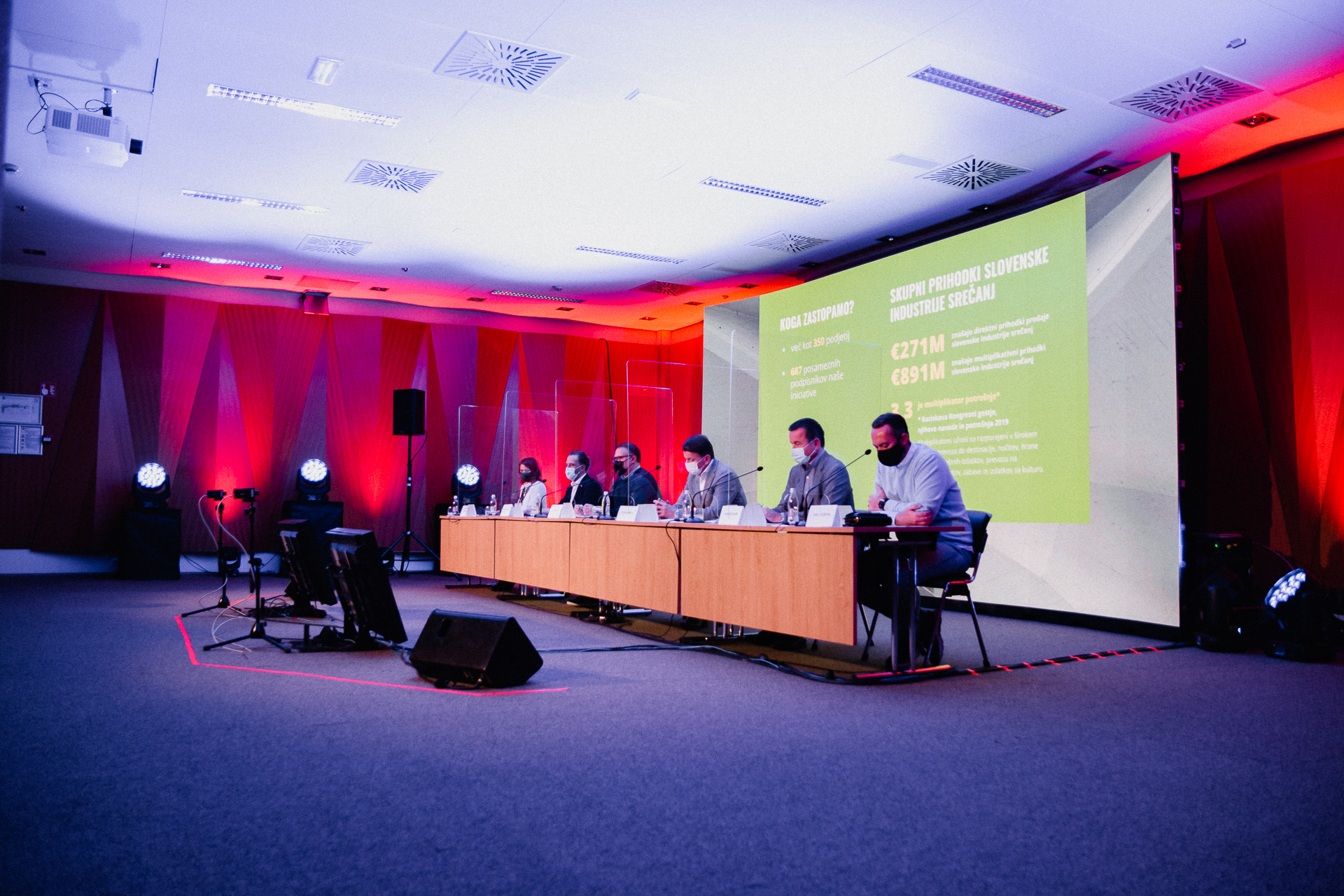
THE CONCEPT
The physical and virtual world is currently inhabited by the same organisers and participants. If and when avatars and other space inhabitants take their place, will we be able to say that the meetings industry we knew is no more. Then, everyone will most likely start to talk about virtual events. I very much hope that this will not happen too soon, as, in my opinion, no technology can ever replace meeting in person.
With new event formats and technological solutions, new expressions are starting to be used, causing a major terminological mix-up. The term “virtual” is used without any contemplation of the word’s meaning. The first to point out this problem was Elling Hamso, and media colleagues from different EU countries agreed. Together, we have prepared a simple overview of new terminology.
VIRTUAL EVENTS
Location: Virtual events do not have a physical venue. They are events where most/all parts of the live experience are transformed into a virtual experience. The objective of a virtual event is, by using virtual interfaces, to get as close as possible to the physical experience. Devices like virtual goggles, helmets, implants, etc. strengthen that objective. The most common interface is a VR headset that transfers you into an artificial environment like a virtual exhibition hall.
ONLINE EVENTS
Location: Online events do not have a physical venue. They encompass all forms of LIVE COMMUNICATION (between people, between brands/products/services and people) that are organised in an online environment. Online events are accessed through a computer or other devices that give attendees access to the online environment, usually through your web browser or a dedicated application like Zoom, Teams, Skype, etc. Online events are based on an audiovisual format of communication. Successful online events are, in our opinion, the result of using the following formula:
LIVE EVENTS
Location: Live events take place in a predetermined physical venue at a predetermined time, with the presence of the audience on-site. They can be broadcasted live or afterwards, but the experience is conceived for people attending the event physically. We like to say that live events include all our senses. On the other hand, virtual events often trigger only sight and auditory perception. What suits you more, depends on whether you prefer reality or augmented reality.
HYBRID EVENTS
Location: Hybrid events take place in a predetermined physical venue and simultaneously online, through different online platforms. They are events where the physical event and the online event are integrated to form a larger concept. The physical venue usually serves as the main hub for transmitting a live video feed to the online platform. It’s important to note that online streaming of the live event is not a hybrid event; it is just a live event with an online stream.
MULTI-HUB EVENTS
Location: Multi-hub events take place simultaneously in several physical locations where the (usually local) audience gathers. All locations are connected by video allowing the attendees to communicate with each other, see presentations from other locations and take part in other interactions (Q&As, live chat and more).
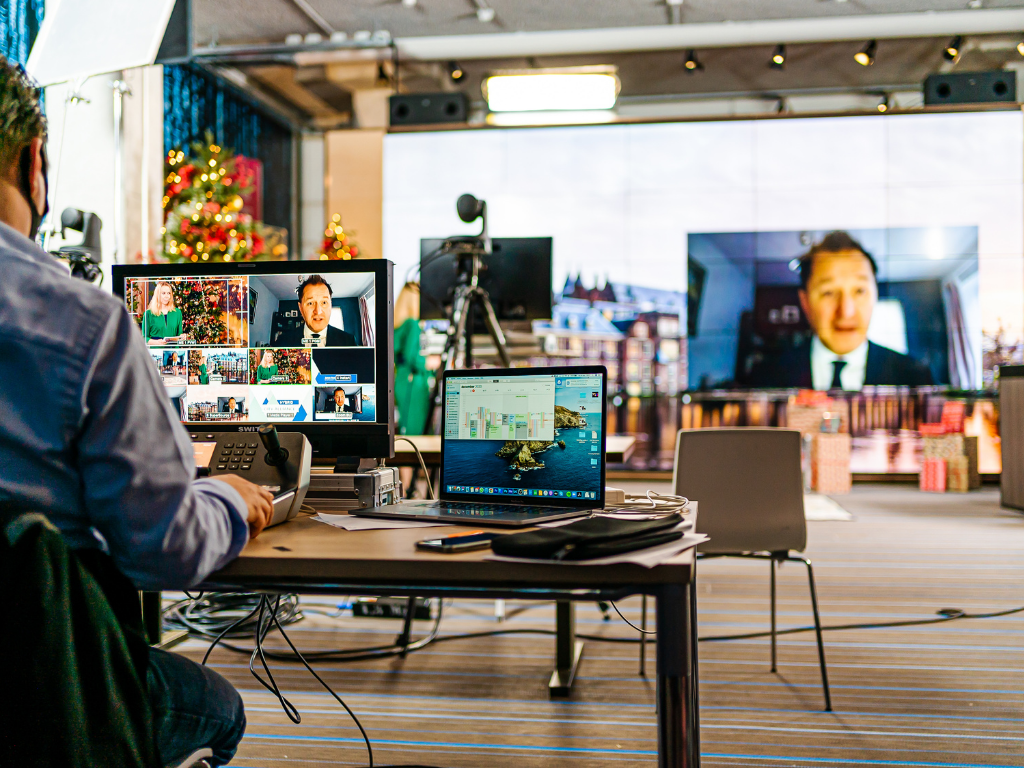
TIPS AND TOOLS
In 2020, the vast majority of events took place online. We organised over a hundred online events ourselves. Along the way, we have gained a wealth of practical experience and answers to different questions and challenges. We have arranged them into ten subunits from the perspective of an organisation.
1. GET INTO THE ROLE OF THE AUDIENCE
At the very beginning, try to put yourself into the role of an online viewer. Following an event from the couch is a completely different experience than seeing a live event. Similarly, however, respect represents the core of the relationship between the messenger and the audience. In spite of the virtual environment, the content still has to be crafted to the needs of the online audience. In our experience, attracting and maintaining the attention of the online audience is much harder compared to live events.
Crucial: Answering the WHY question is a vital process when it comes to online events. If we know the answer to this question, the other phases are relatively simple.

2. CHOOSE USEFUL CONTENT
When we have found the answers to the question of why, selecting appropriate content is the logical next step. It is vital to distinguish between live content, content on-demand and pre-recorded content. The content has to be exceptional, the kind that surprises the audience and inspires them to use it in practice. Content management is strategically important and pivotal for the success of an online event.
Crucial: Answering the WHAT question, related to the content is, according to our knowledge, the most asked participants’ question. Content = Online event
3. FASCINATE YOUR AUDIENCE
It is generally agreed that an online event is supposed to be correctly presented to the right group at the right time. Short, captivating posts and content posted through all communication channels keep the interest of potential participants. The idea is to create the right amount of excitement for the focus group to return for more information and participate in the event. In that regard, social media activation has proven to be a very efficient tool, while LinkedIn has proved itself, particularly at business events.
Crucial: Do not post only bare information, but include intriguing content, such as blogs written by speakers about their presentations, or teasers and short videos as well as interviews with exhibitors.
4. CHOOSE THE APPROPRIATE ONLINE PLATFORM
The platform is the part of an online event given either too much or too little attention. Your online platform can also be your website, where all the important information is gathered and from where you broadcast the happening. However, at the moment, we do not know of a “one-size-fits-all” model. Our advice is to consider the needs of your participants and adjust your decision accordingly. When organising a webinar, your needs will be completely different from when organising a hybrid conference. Not all platforms enable simultaneous interpreting, surveys or quizzes.
Crucial: Practice has shown that, as an agency, we must be flexible and open to the use of various video conferencing platforms (Zoom, Microsoft Teams…) and live streaming platforms (Facebook Live, LinkedIn Live…)
5. A GOOD ARCHITECT IS ALSO VITAL FOR AN ONLINE EVENT
Everything that is accredited to classic events, and which we wrote about in previous chapters, can also be attributed to online events. Key questions focus on the ratio between live content, on-demand content, moderation and technological integration. Even with online events, your first concern should be the needs and expectations of the participants. On the contrary, choosing a platform that you particularly like, is not a primary concern, as a platform is just a tool.
Crucial: A plan B is also a part of the good architecture and design of an online event. What you will do if a speaker does not show up, if the internet disconnects…

6. THE VISUAL APPEARANCE OF AN EVENT CREATES UNIFICATION
Graphic equipment is an amplifier of event content and perhaps even more important at online events than at classic events. Consider implementing typography, animations, photo and video content and the image as a whole.
Crucial: The visual equipment is the main theme of an event, helping viewers follow content and enabling various sorts of monetisation
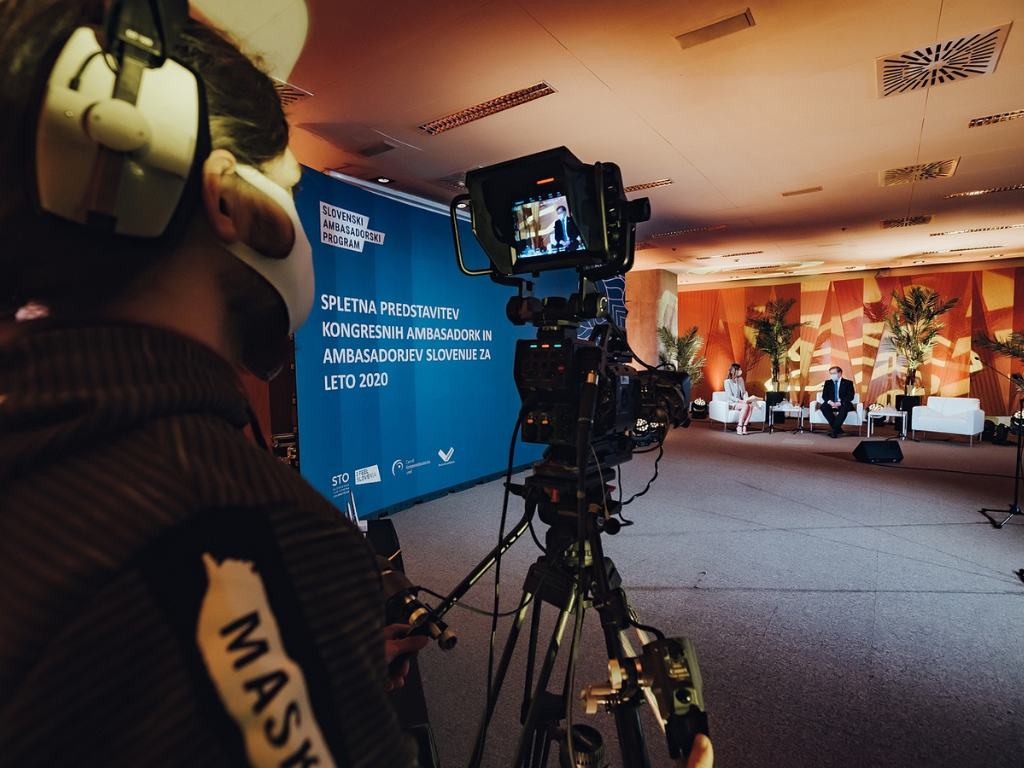
7. MOBILE OPTIMISATION
An event has to be accessible to participants via their mobile devices. Today, over 60% of users access events via their mobile devices. A large number of video conferencing platforms are optimised for mobile devices; however, websites predominantly are not.
Crucial: Before online events, do not forget to check both links to the online event (access from a personal computer and via a mobile device)
8. ENGAGE ONLINE PARTICIPANTS
Using various forms of online activation strongly increases the event’s satisfaction rate. Furthermore, the motivation of participants is greatly improved. There is a sea of options, and the best-known forms are live polling, question and answers, and real-time competitions. Lately, gamification and integrated matchmaking have been establishing themselves. We tend to use Slido, Mentimeter and Kahoot to engage our audience.
Crucial: Engagement works when it is spiced with the right amount of humour and enables all participants to participate equally (creating a community)
9. REHEARSAL – THINGS CAN GO WRONG
I insist on having a rehearsal even for the simplest online events. This is where we try out connections, inspect how the selected platform works and see what the event looks like from the viewers’ perspective. Never forget to inform participants before the event itself. Give them instructions on joining an event and give general recommendations regarding background or camera views. Prepare simple and understandable instructions for the participants. By doing so, you will improve the user experience and save a lot of time.
Crucial: When hosting simple webinars, the rehearsal should be an hour before the event. On the other hand, when hosting demanding online events, you should test every element of an event at least a day prior to the event itself.
10. DATA & RESULT EVALUATION
We produce a mountain of information at online events, which have a significant value for clients of a project. We collect information before, during and after the event. A few examples of the data collected: the number of registrations, session registration, e-mail open and click-through rate, post-event survey results, session ratings, session feedback, social media engagement, and reach.
Crucial: We recommend developing your own ROI system that you can monitor and inspect over a longer period, and by doing so, enhance the quality of your event.
RECOMMENDATIONS
The corona crisis months have brought about quite a number of unfortunate moments which were the consequence of speakers being unprepared for online meetings. Hence, we decided to prepare a few simple guidelines to follow when doing online events. Most importantly, a good online conference has to ensure a quality internet connection. As research shows, the minimum required internet speed is 5Mbps. My recommendation for an online conference to run smoothly is 25 Mbps.
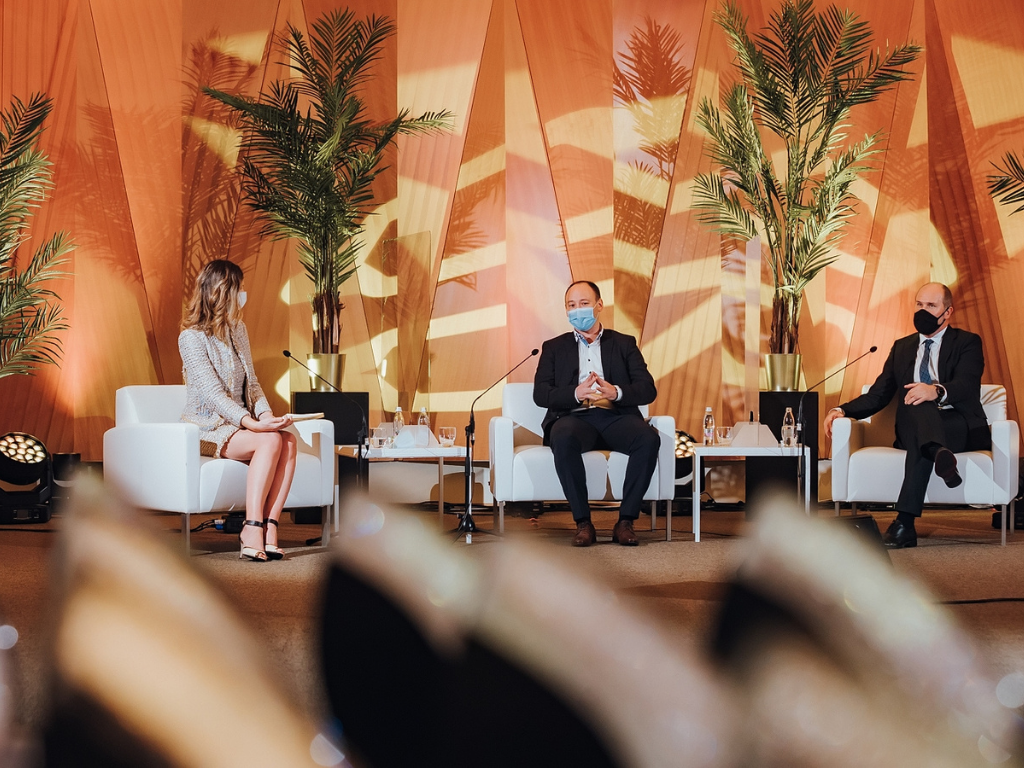
INSPIRATION
The biggest misconception clients have is the difference between live streaming and video conferencing platforms.
LIVE STREAMING PLATFORMS
Live streaming platforms are video hosting solutions that allow users to upload and broadcast video content to their audience.
Among the key functions of such platforms are professional video hosting services, video content management tools, video monetisation capabilities,
video editing and embedding tools, advanced video analytics, and encoding software for live video delivery.
The solutions mentioned above have been around for quite some time and can be compared to internet television. What the corona crisis was able to do was bring users solutions that were once considered expensive without particular investment in equipment and software. Such solutions mean that any event can now almost become its own TV station.
VIDEO CONFERENCING PLATFORMS
Video conferencing platforms have existed for some time. Until this year’s crisis, the vast majority of people knew the elder statesman of video conferencing, Skype. However, when the corona crisis forced us to stay home, new platforms gained importance overnight. New solutions and innovations surfaced and among them, the undisputed champion of the corona crisis—Zoom. The reason behind Zoom’s meteoric rise was perhaps that this platform combined group dynamics, the possibility to view multiple speakers and an alluring price policy.
Currently, almost every video conferencing platform provider is copying Zoom’s business model. There are several competitors, yet the core of these platforms remains the same. Video conferencing platforms more or less successfully enable interactivity and personal contact between event participants. Alongside this, they offer data exchanging, gamification and much more. The differences between individual platforms are vast and not only in price, but also from the perspective of functionality. A universal platform to suit every need does not yet exist on the market. We recommend using one that is tailored to your wishes.
